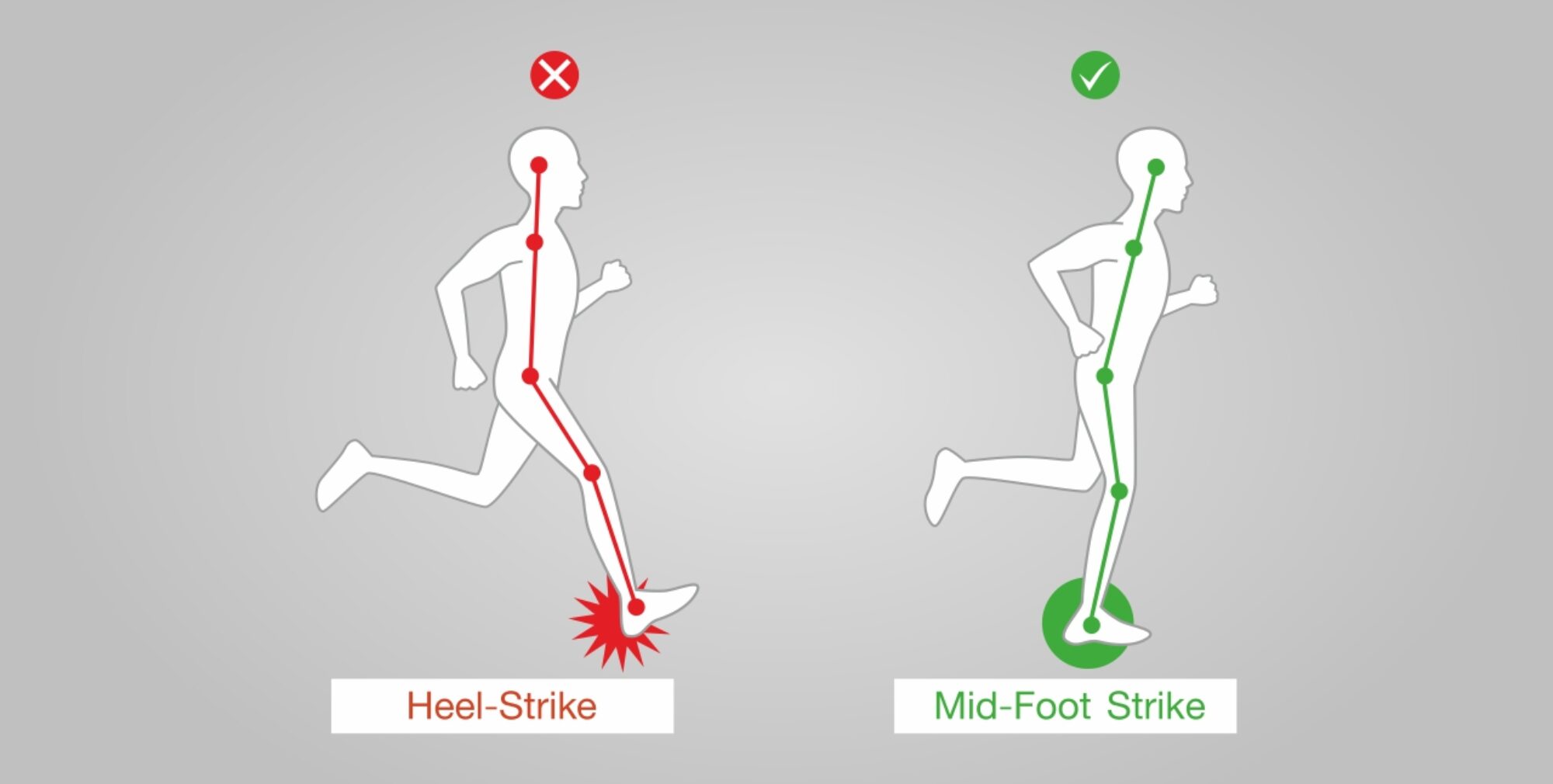Trail running is a popular form of exercise that involves running on unpaved surfaces, such as dirt paths, forest trails, and mountain peaks. It is a challenging and rewarding activity that can offer a number of physical and mental benefits.
- Trail running is a more challenging workout than road running. This is because trail running involves running on uneven surfaces, navigating obstacles, and climbing hills. This increased challenge forces the body to work harder, which leads to greater improvements in fitness.
- Trail running is better for your joints than road running. This is because trail running surfaces are softer and more forgiving than asphalt. This can help to reduce the risk of injuries, such as shin splints and stress fractures.
- Trail running can improve your balance and coordination. This is because trail running requires you to constantly adjust your footing and posture to navigate the terrain. This can help to improve your overall balance and coordination.
- Trail running can boost your mental health. Spending time in nature has been shown to have a number of benefits for mental health, including reducing stress, anxiety, and depression. Trail running is a great way to get outdoors and enjoy the natural world, which can lead to improved mental well-being.
How to get started with trail running
Being in nature has been shown to have a number of mental health benefits, including reducing stress, improving mood, and boosting cognitive function. Trail running is a great way to combine the physical and mental benefits of exercise with the added benefits of spending time in nature.

If you are new to trail running, there are a few things you need to do to get started safely:
- Start with shorter, easier trails and gradually increase the distance and difficulty as you get stronger and more experienced.
- Be sure to wear appropriate footwear and clothing. Trail running shoes have good traction and support, and trail running clothing is often made from breathable, moisture-wicking fabrics.
- Let someone know where you are going and when you expect to be back.
- Bring plenty of water and snacks, especially if you are going to be running for more than an hour.
- Be aware of your surroundings and be prepared to adjust your pace and footing accordingly.
Tips for trail running
Here are a few tips to help you improve your trail running skills and performance:
- Shorten your stride. This will help you to maintain your balance and avoid tripping on obstacles.
- Keep your eyes on the trail. Look ahead for obstacles and adjust your footing accordingly.
- Use your arms for balance. Swing your arms naturally as you run, and use them to help you keep your balance on uneven terrain.
- Descend hills slowly and carefully. Don’t let your legs get too far in front of you, or you risk losing your balance and falling.
- Take breaks. It’s important to take breaks, especially if you are running a long distance. Find a level spot to sit down and rest for a few minutes.
Trail running is a great way to get exercise and enjoy the natural world. By following the tips above, you can safely and successfully start trail running.

